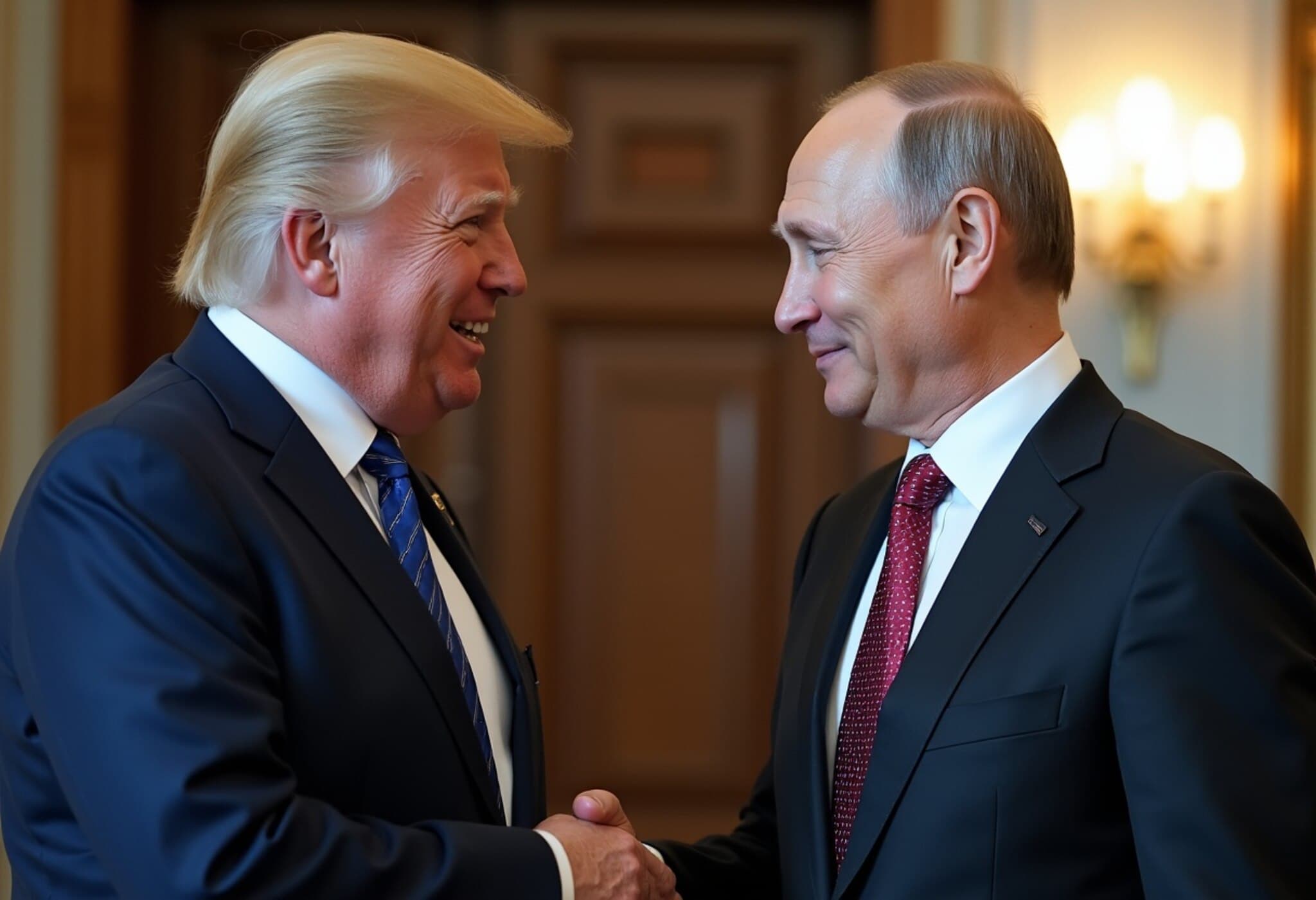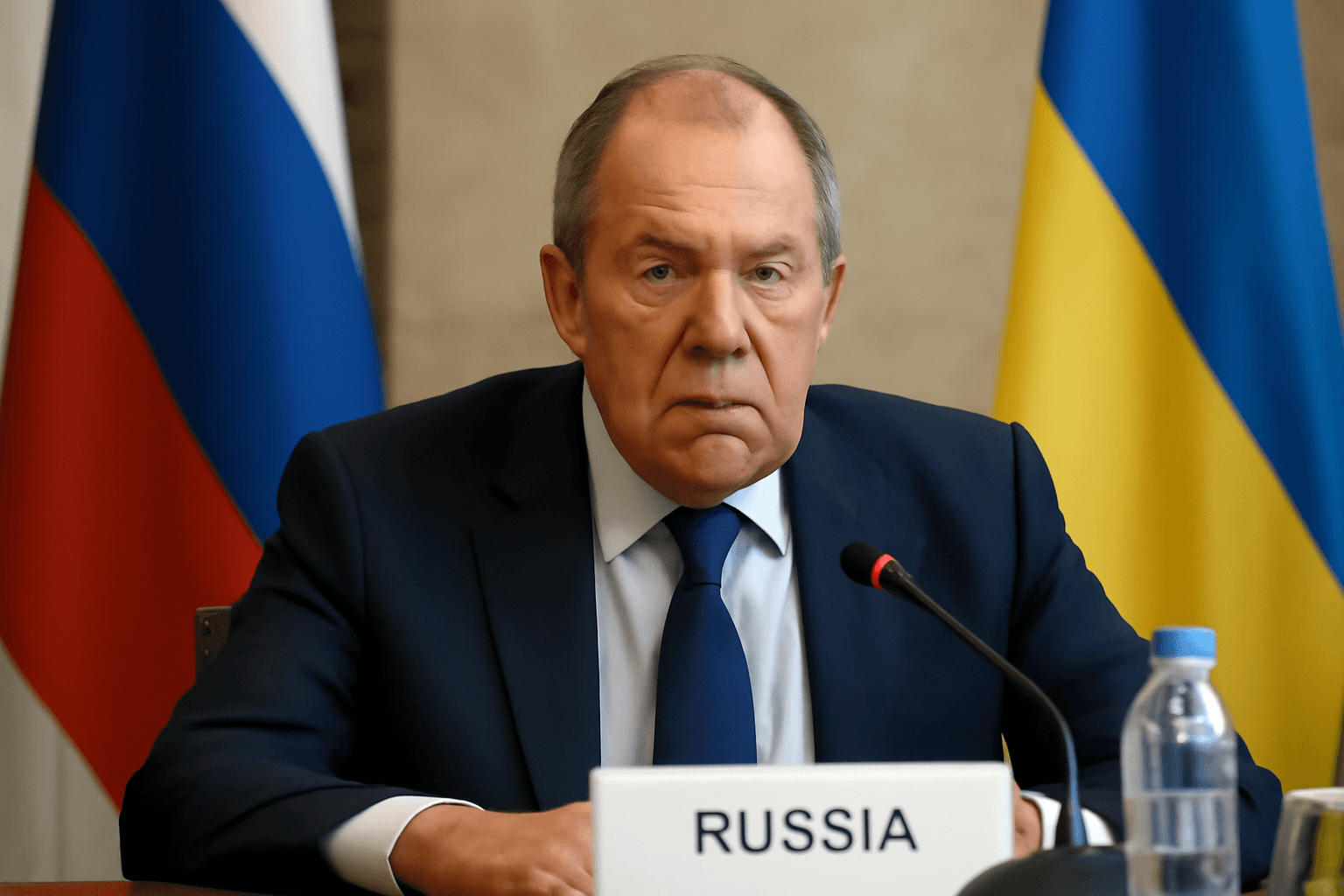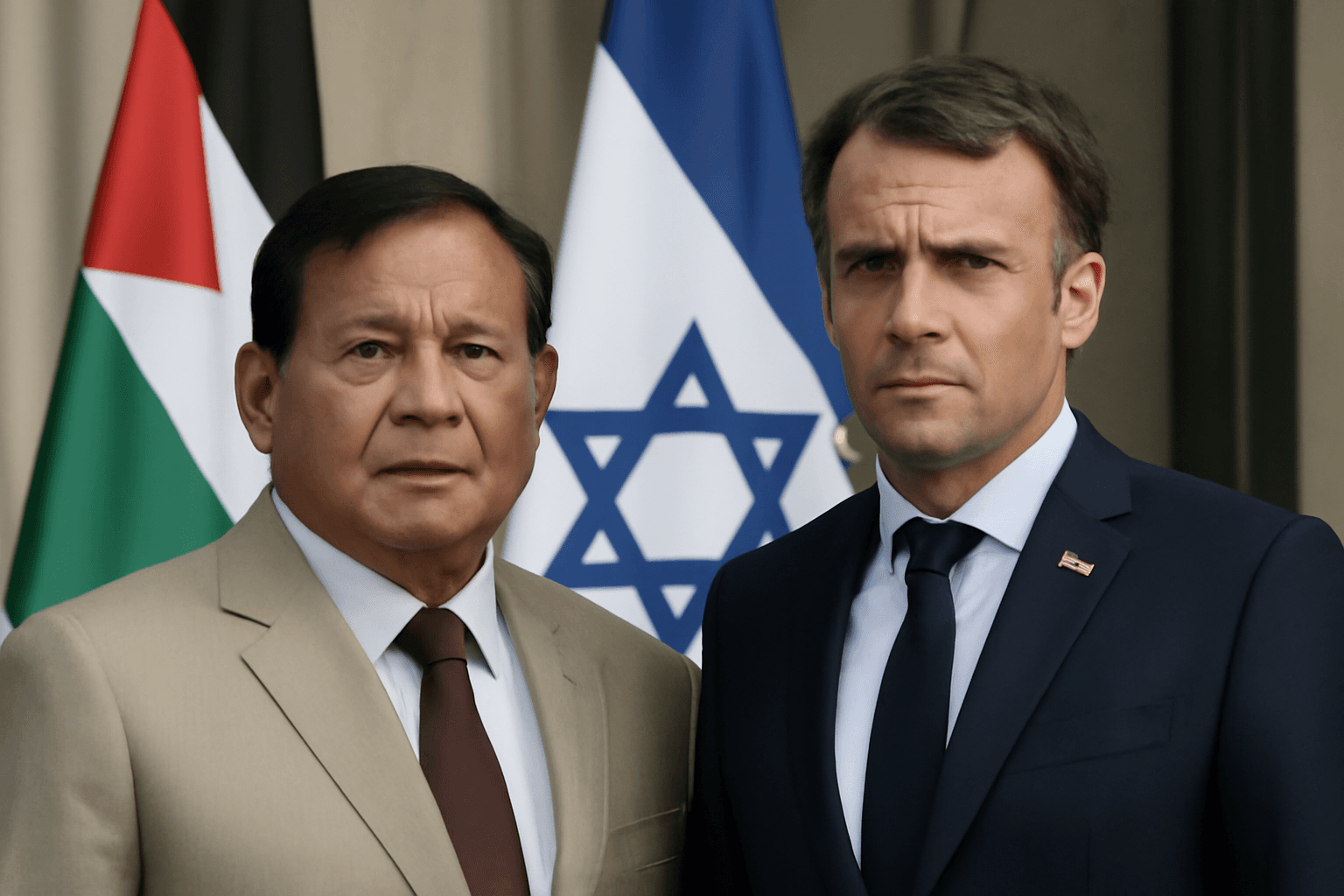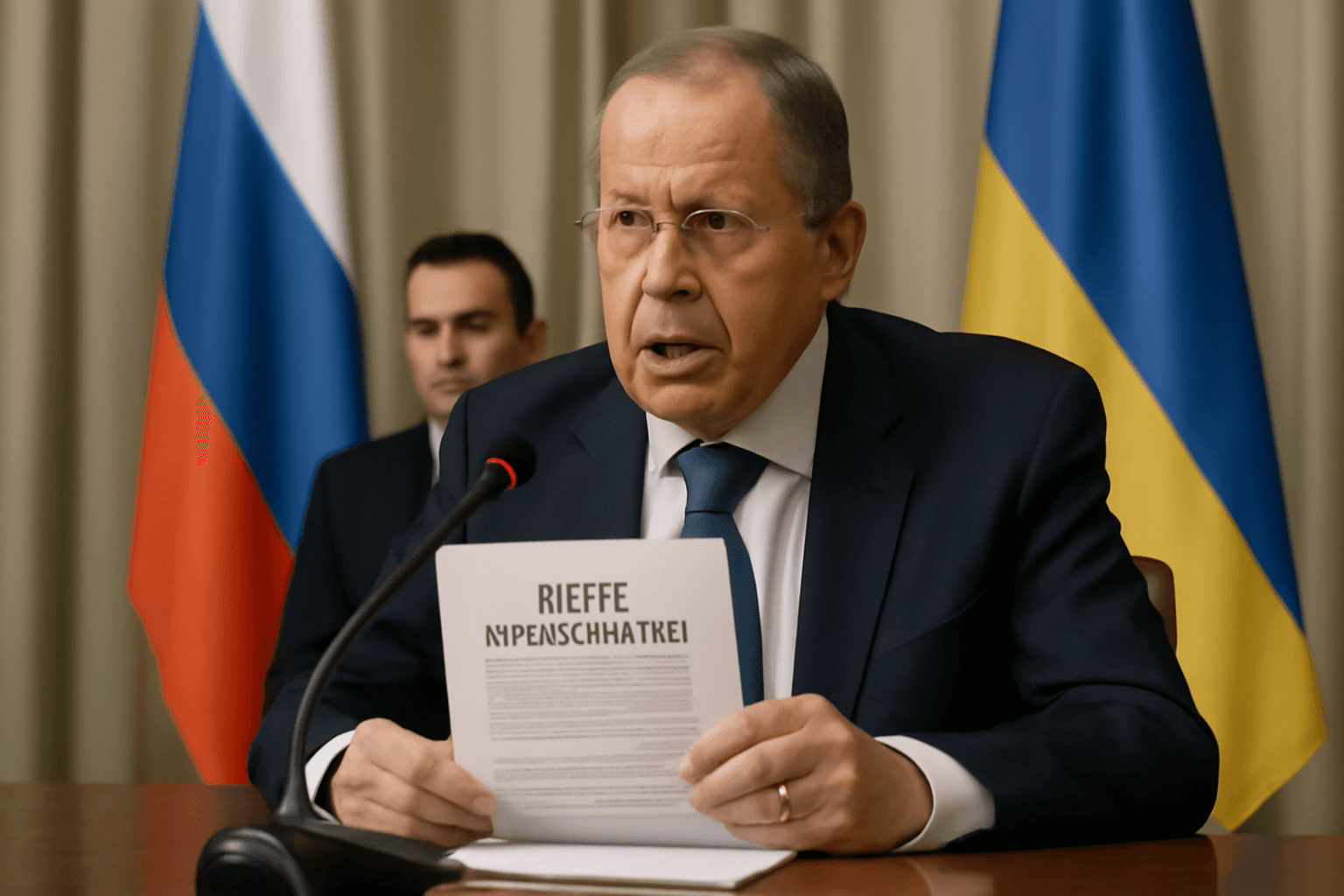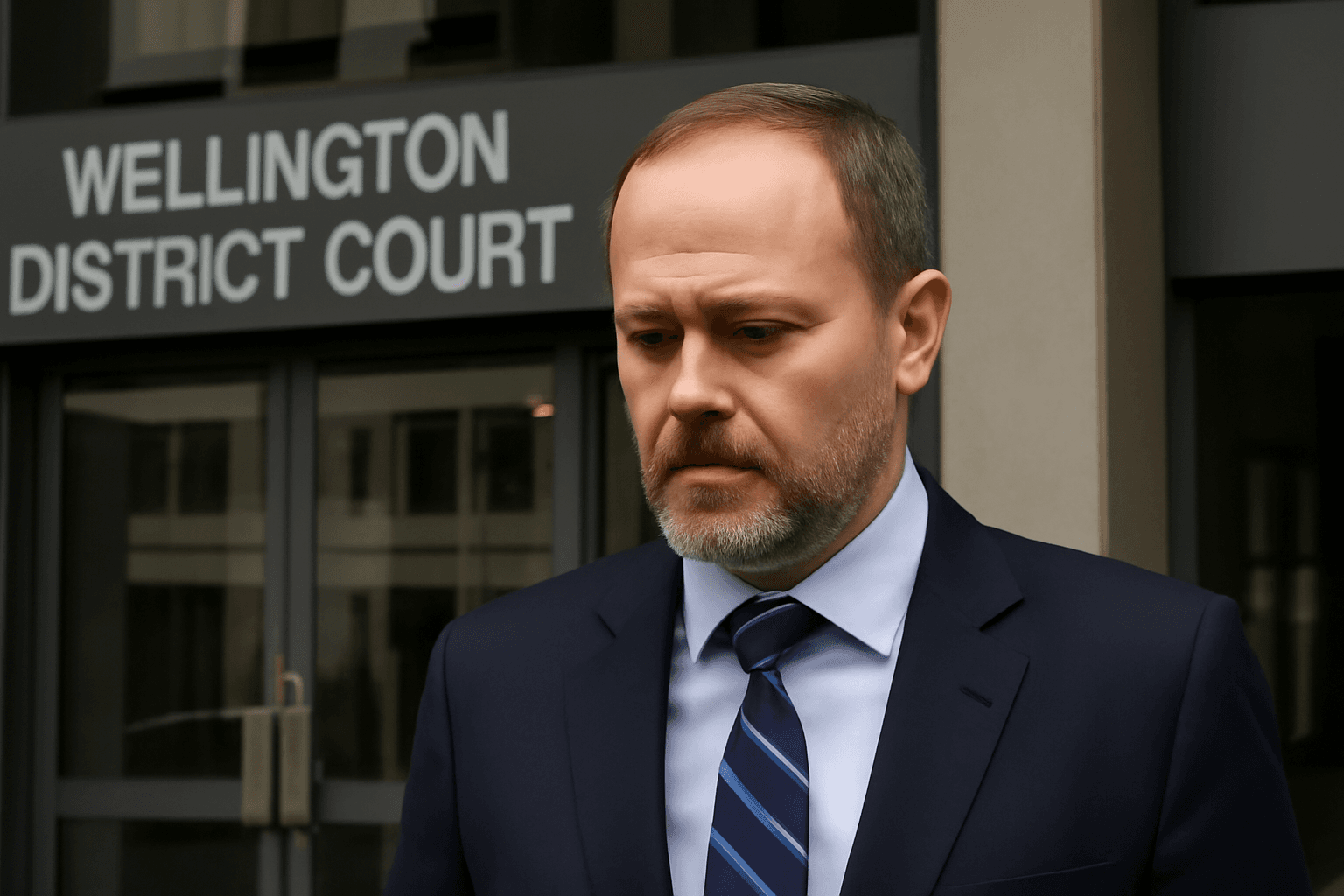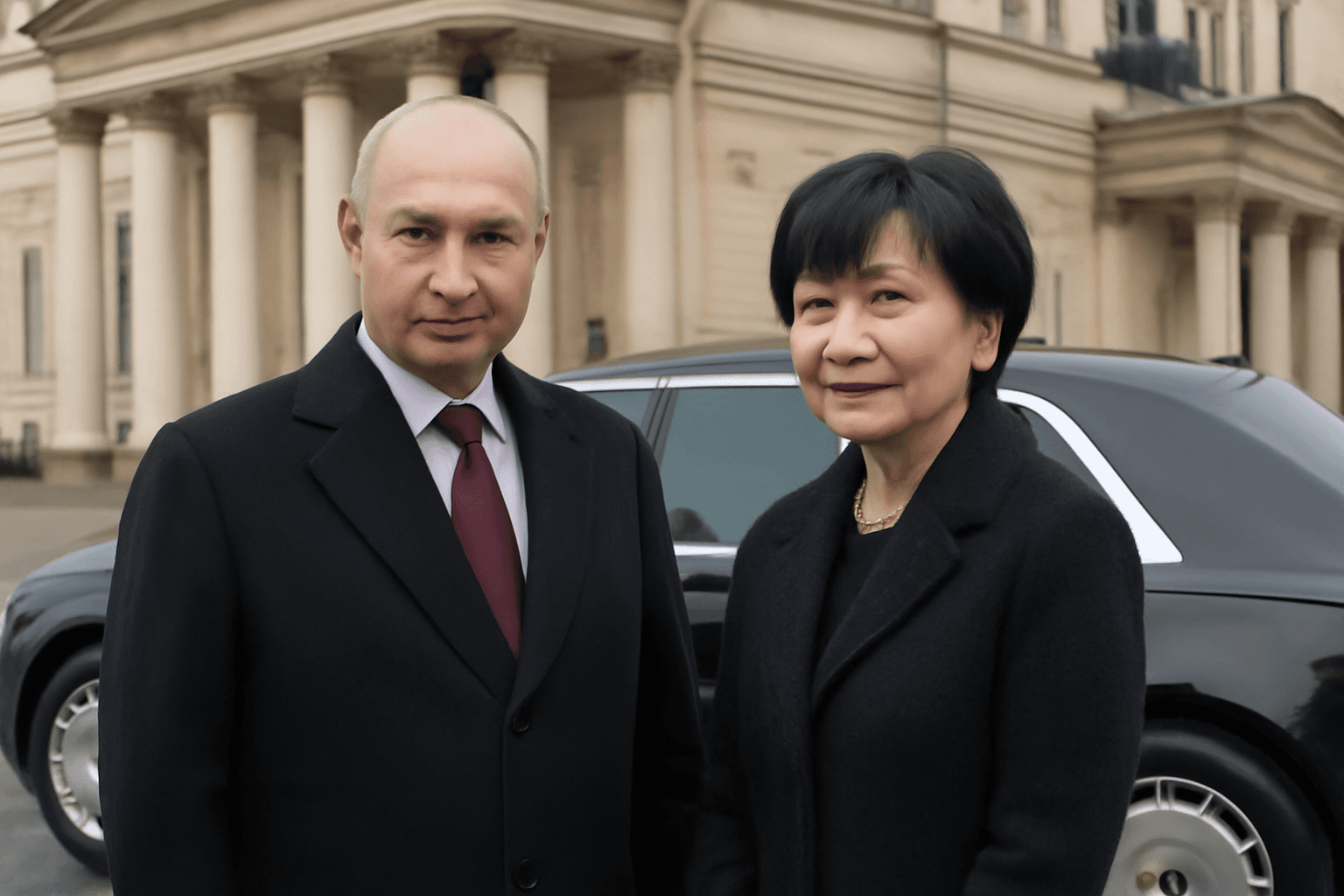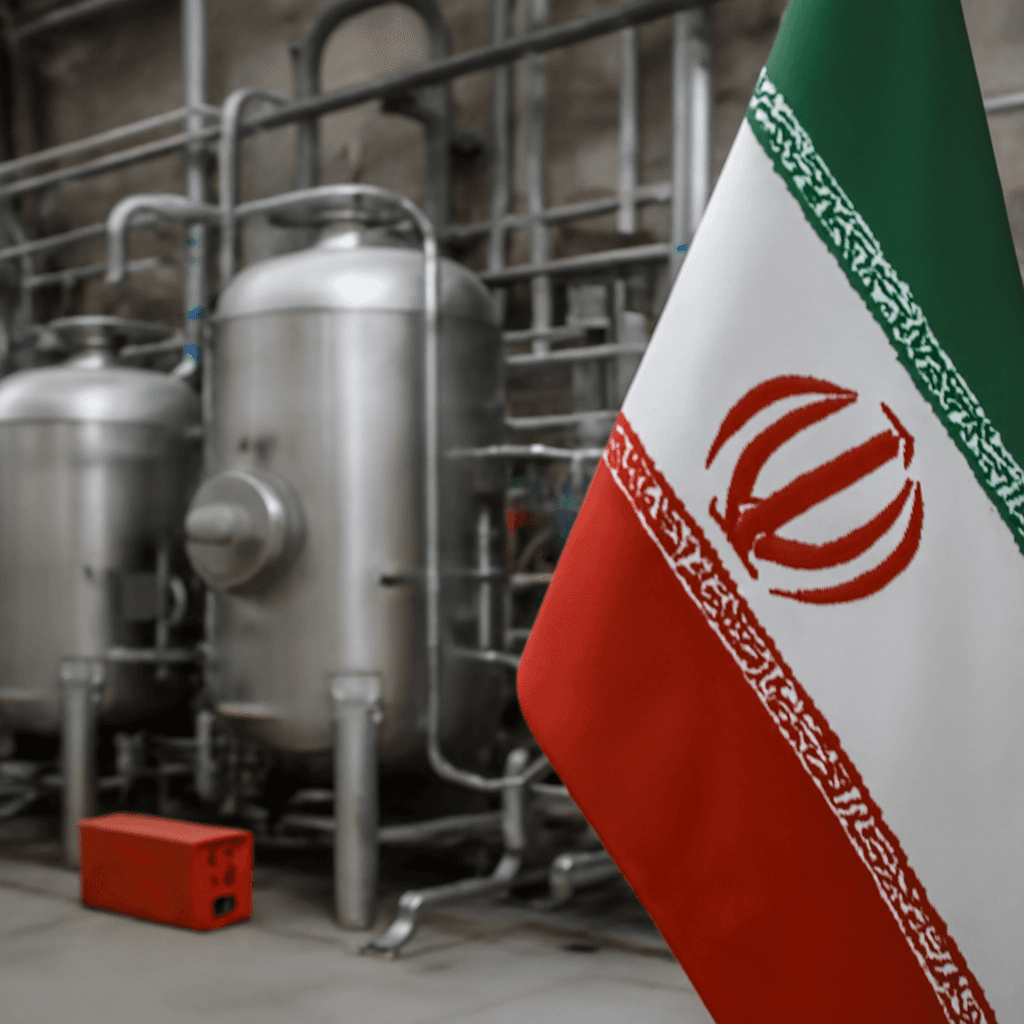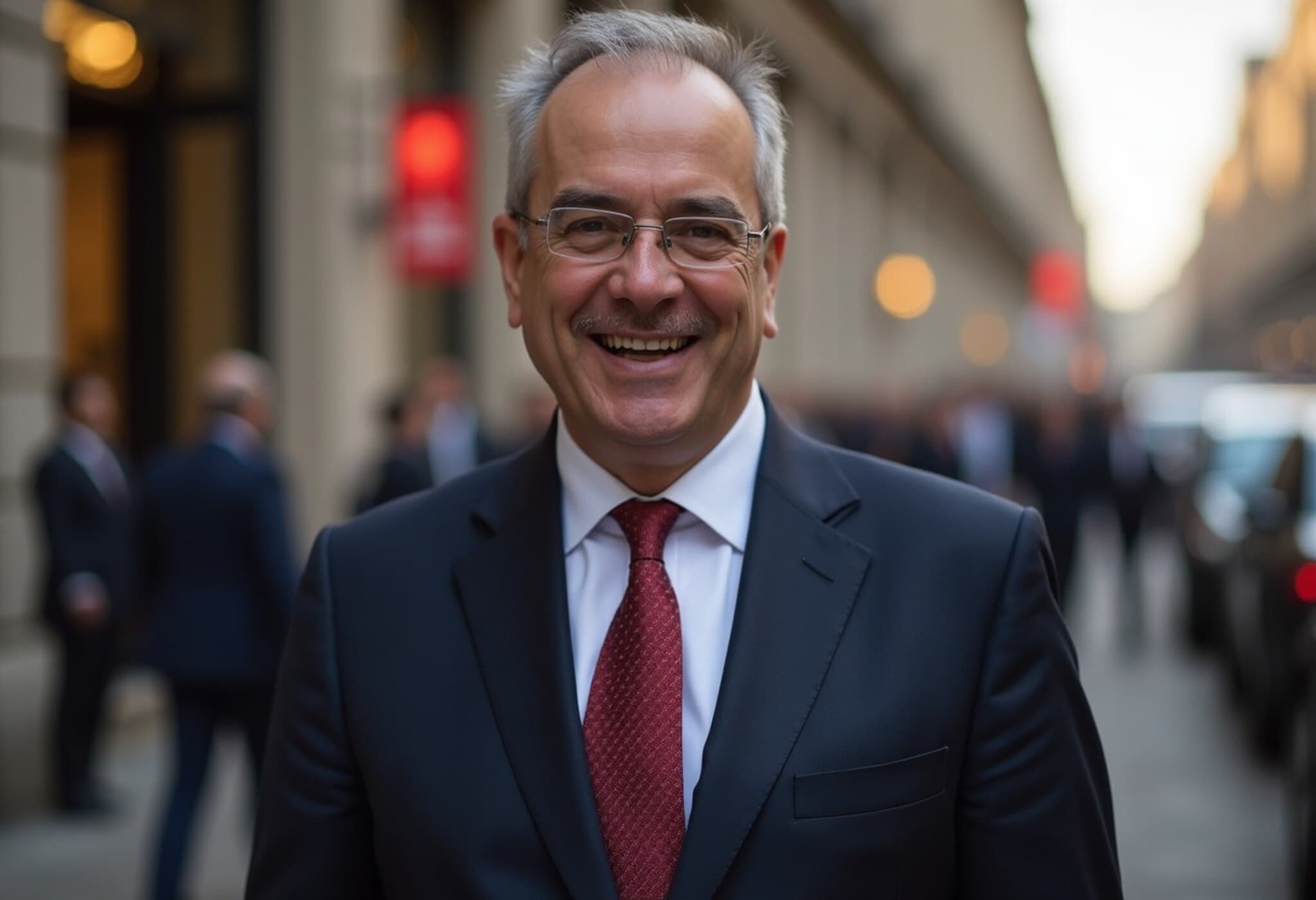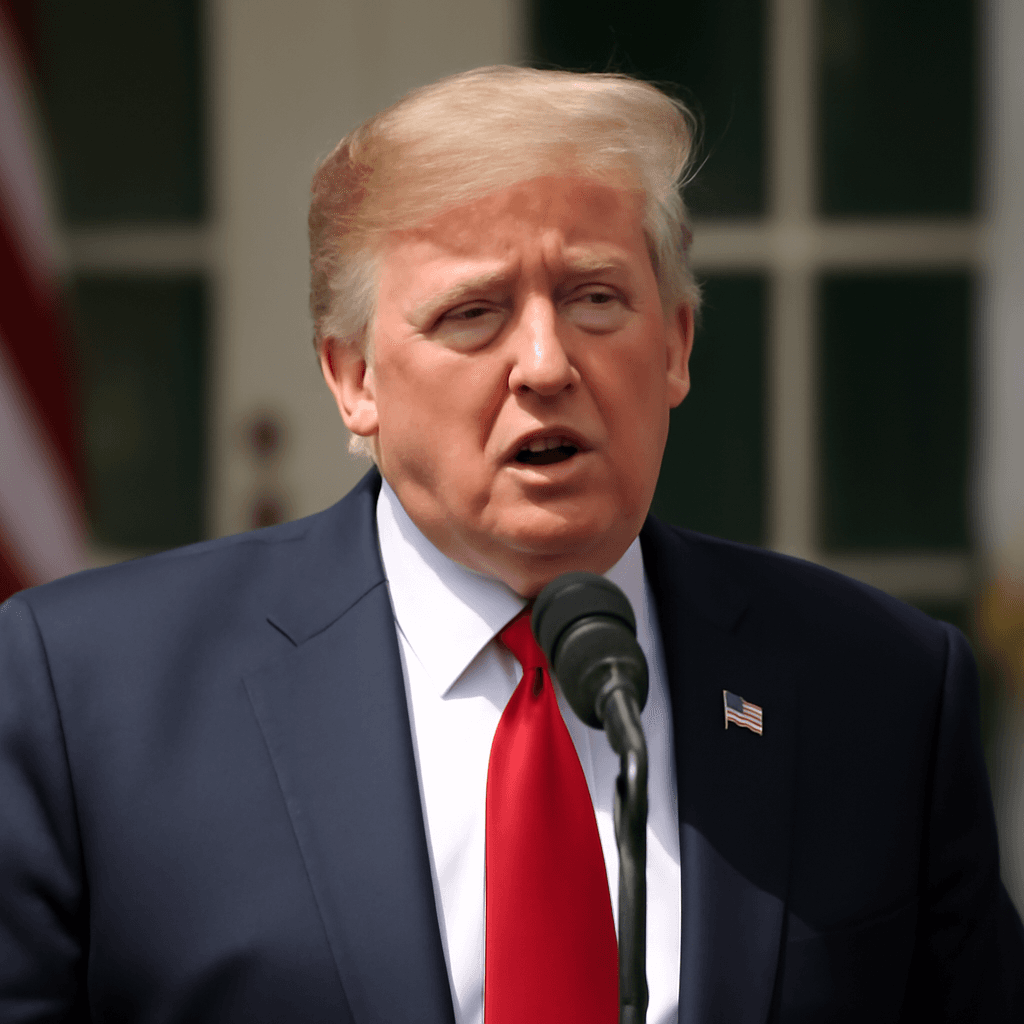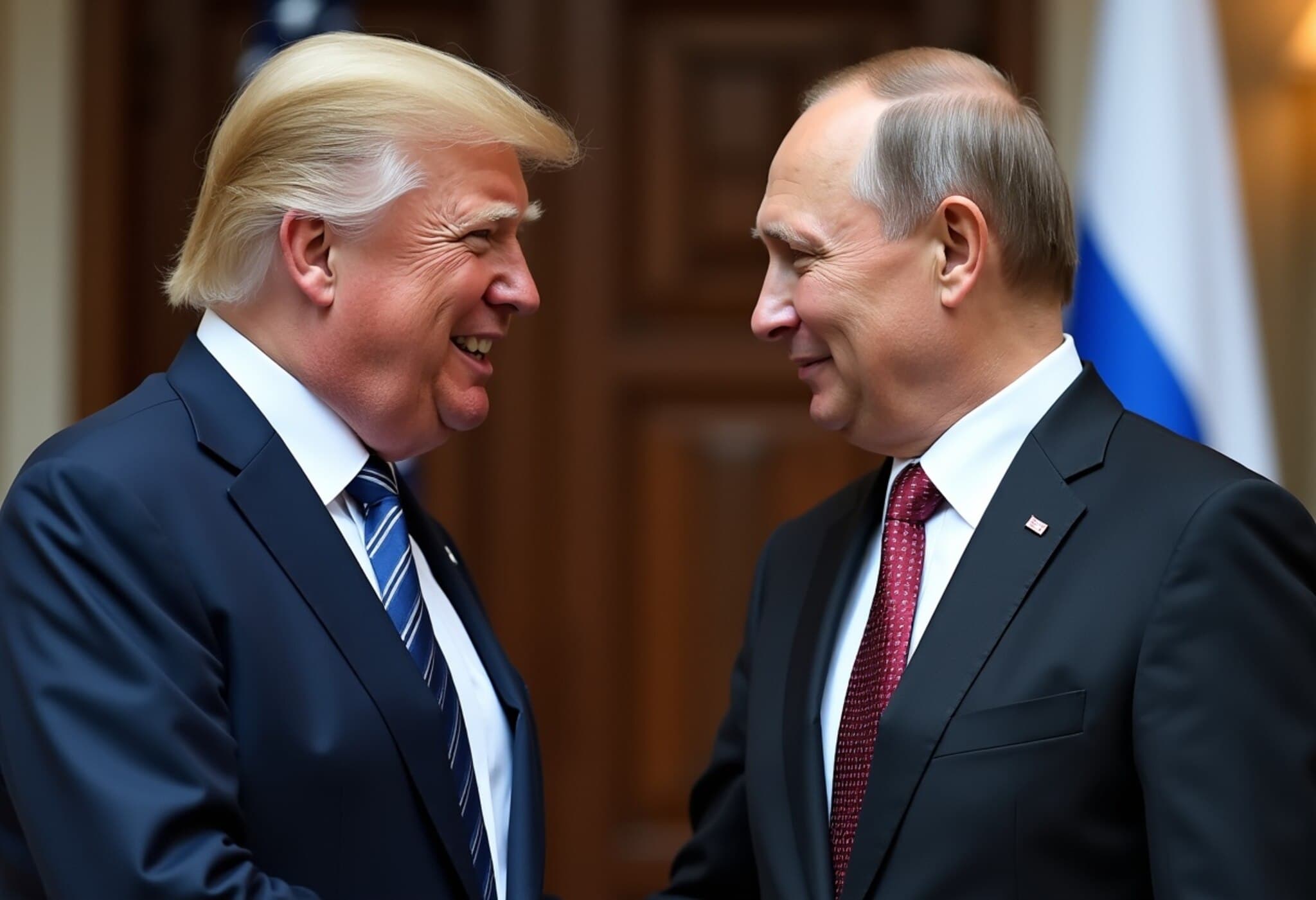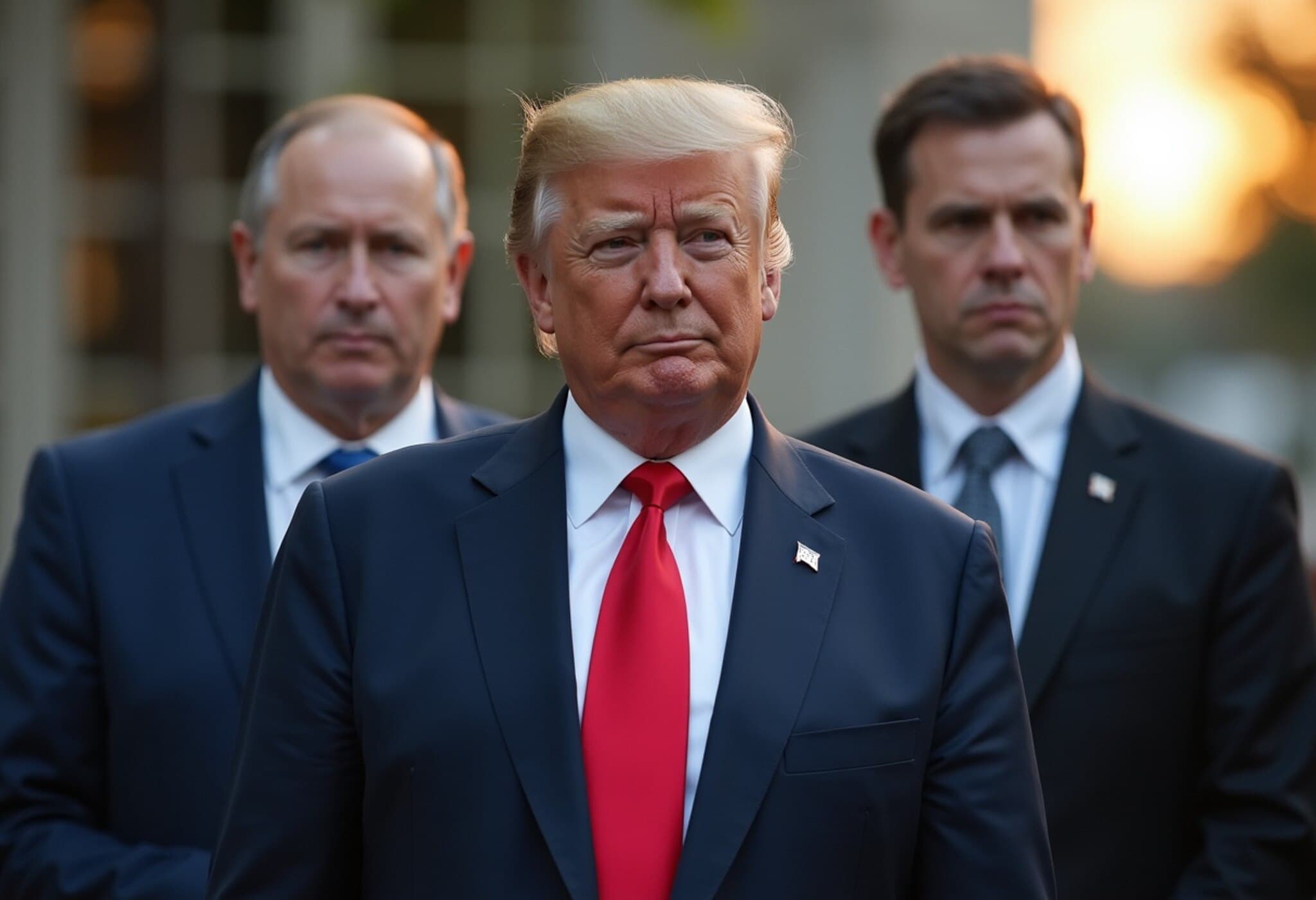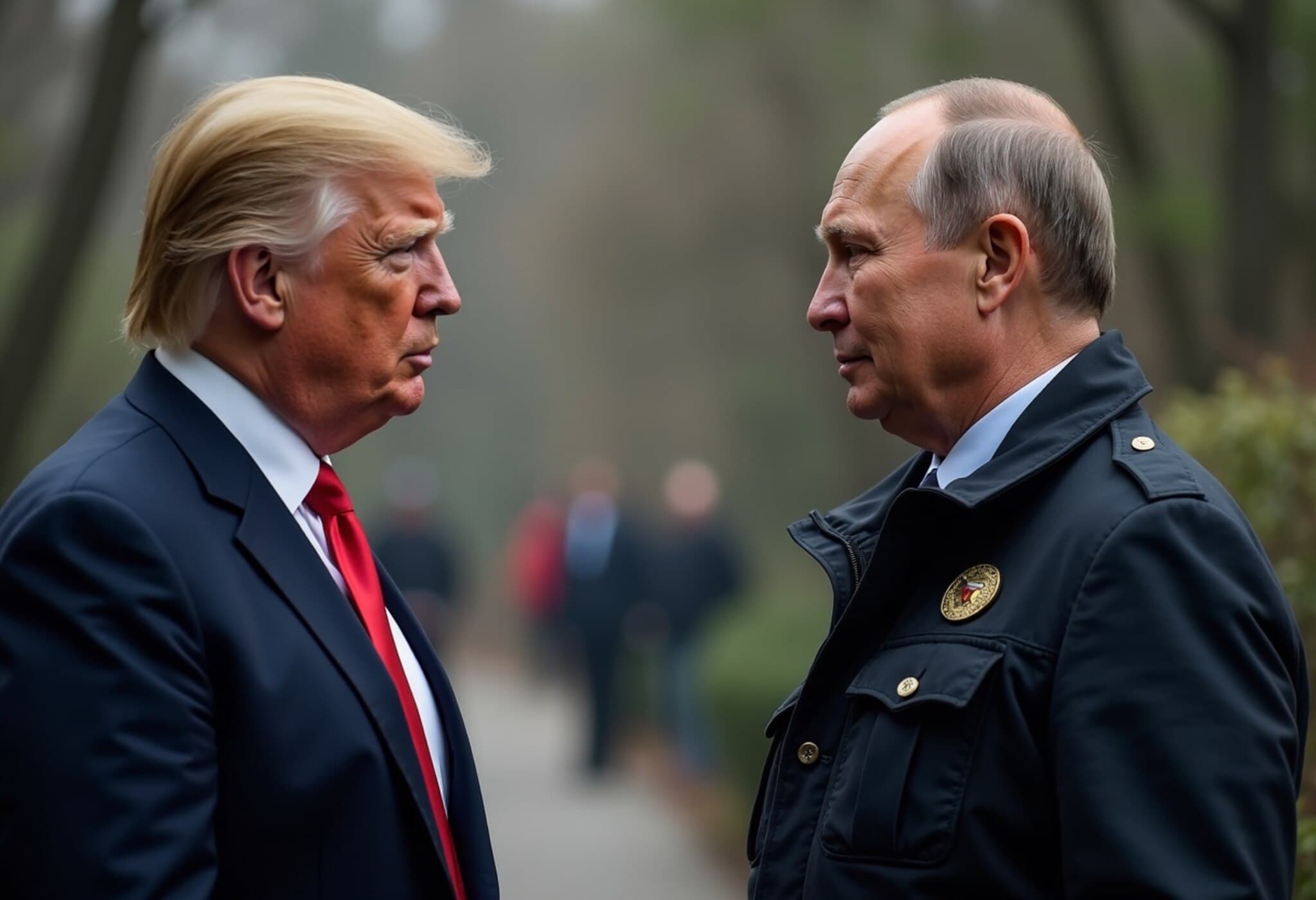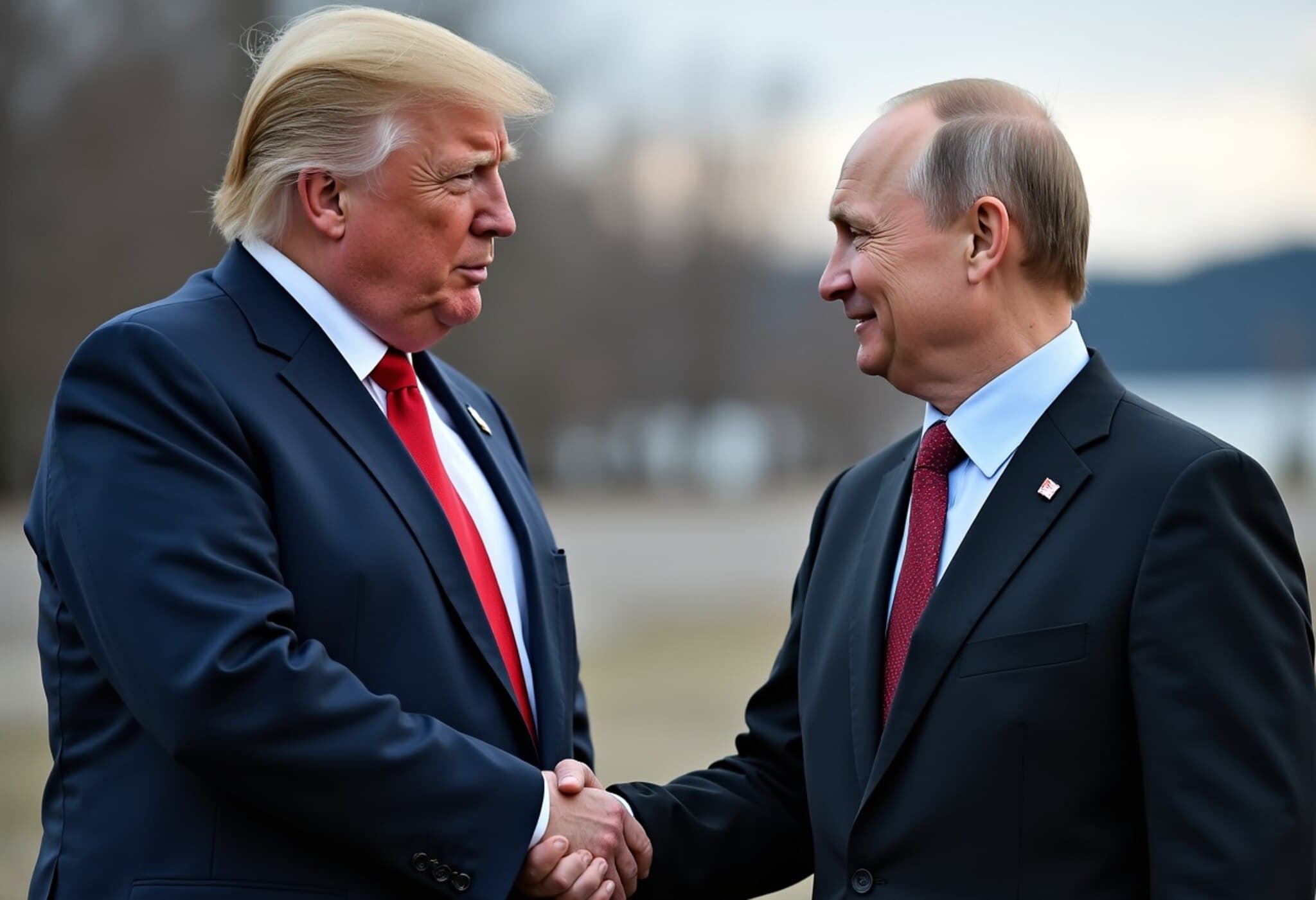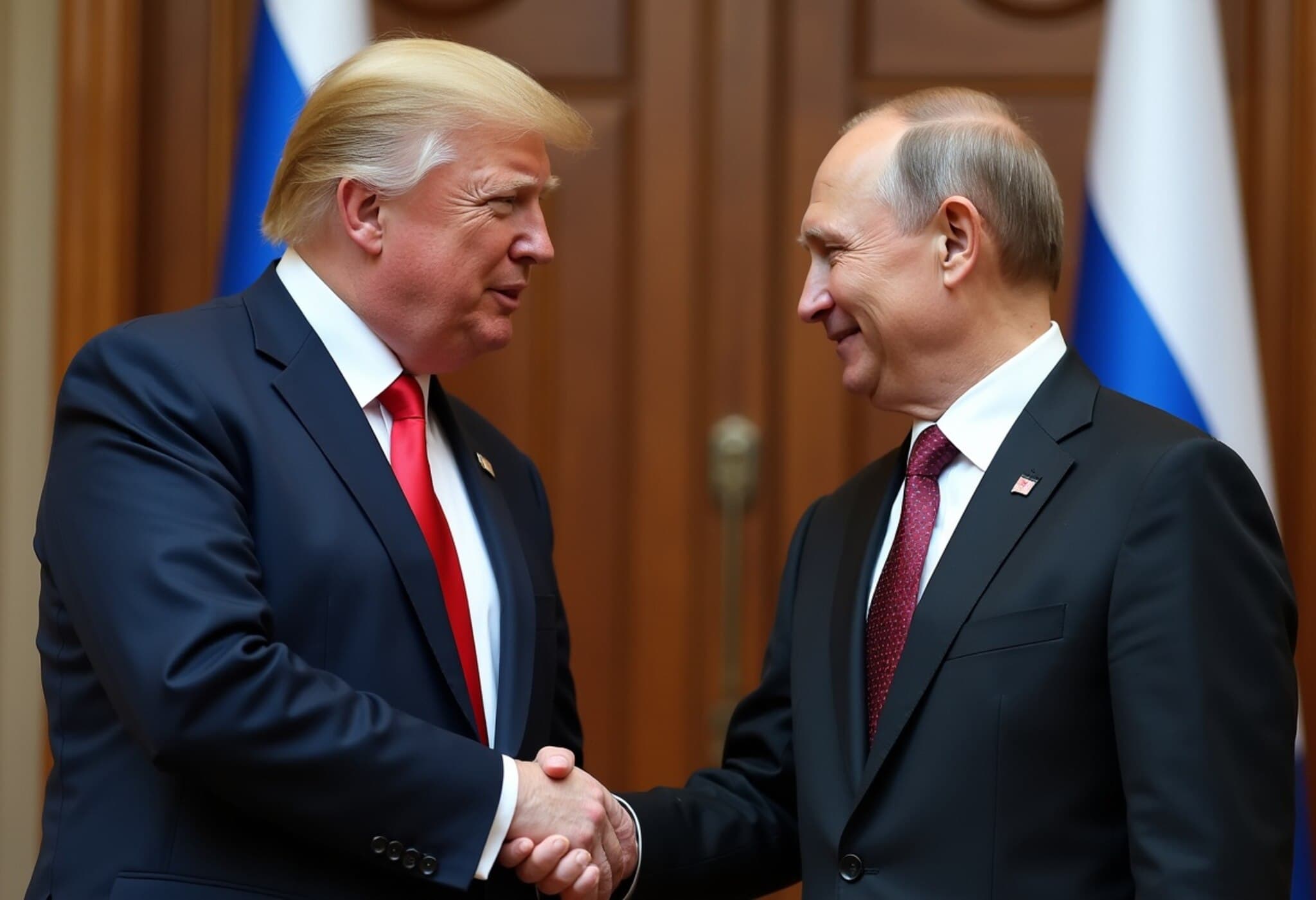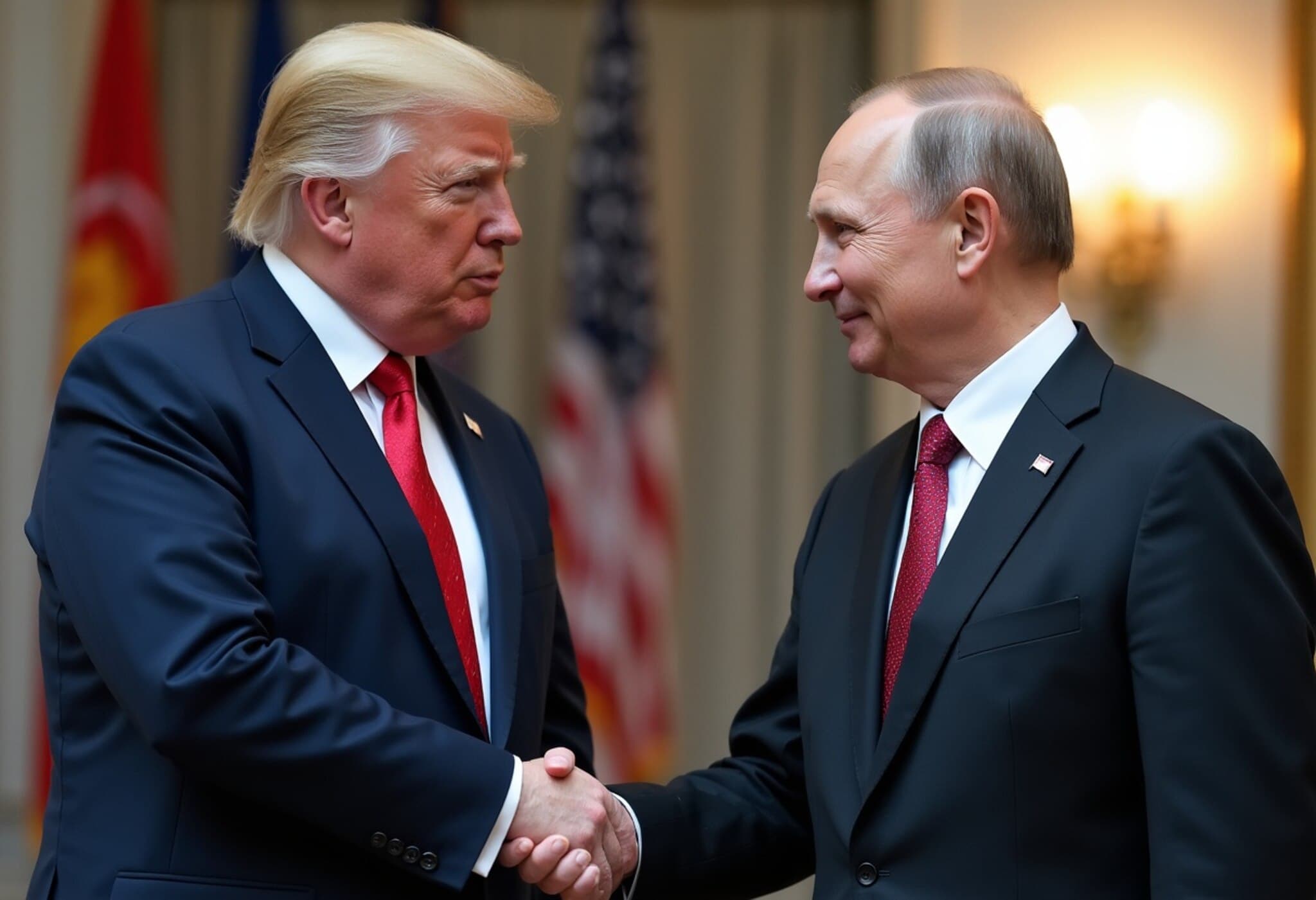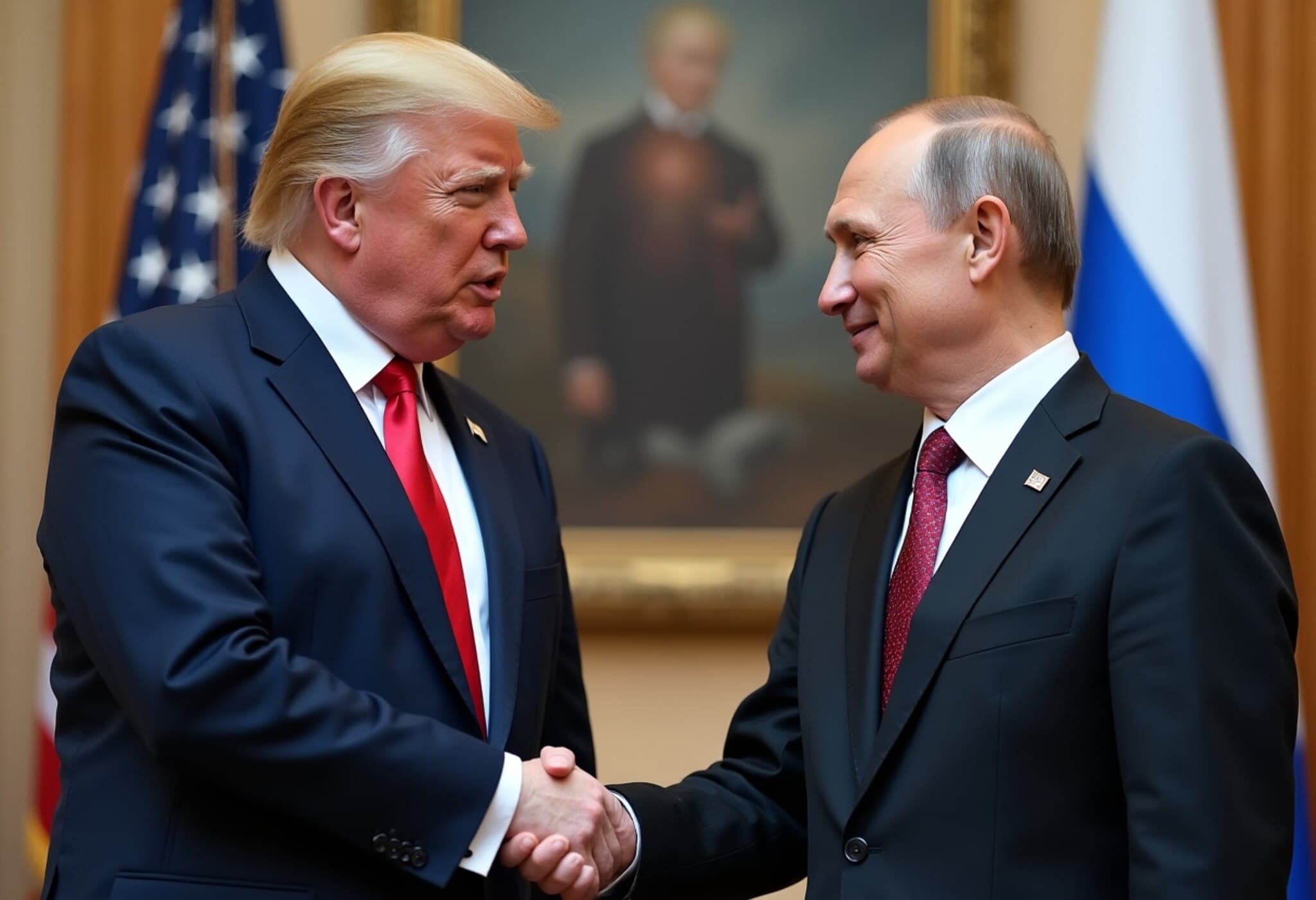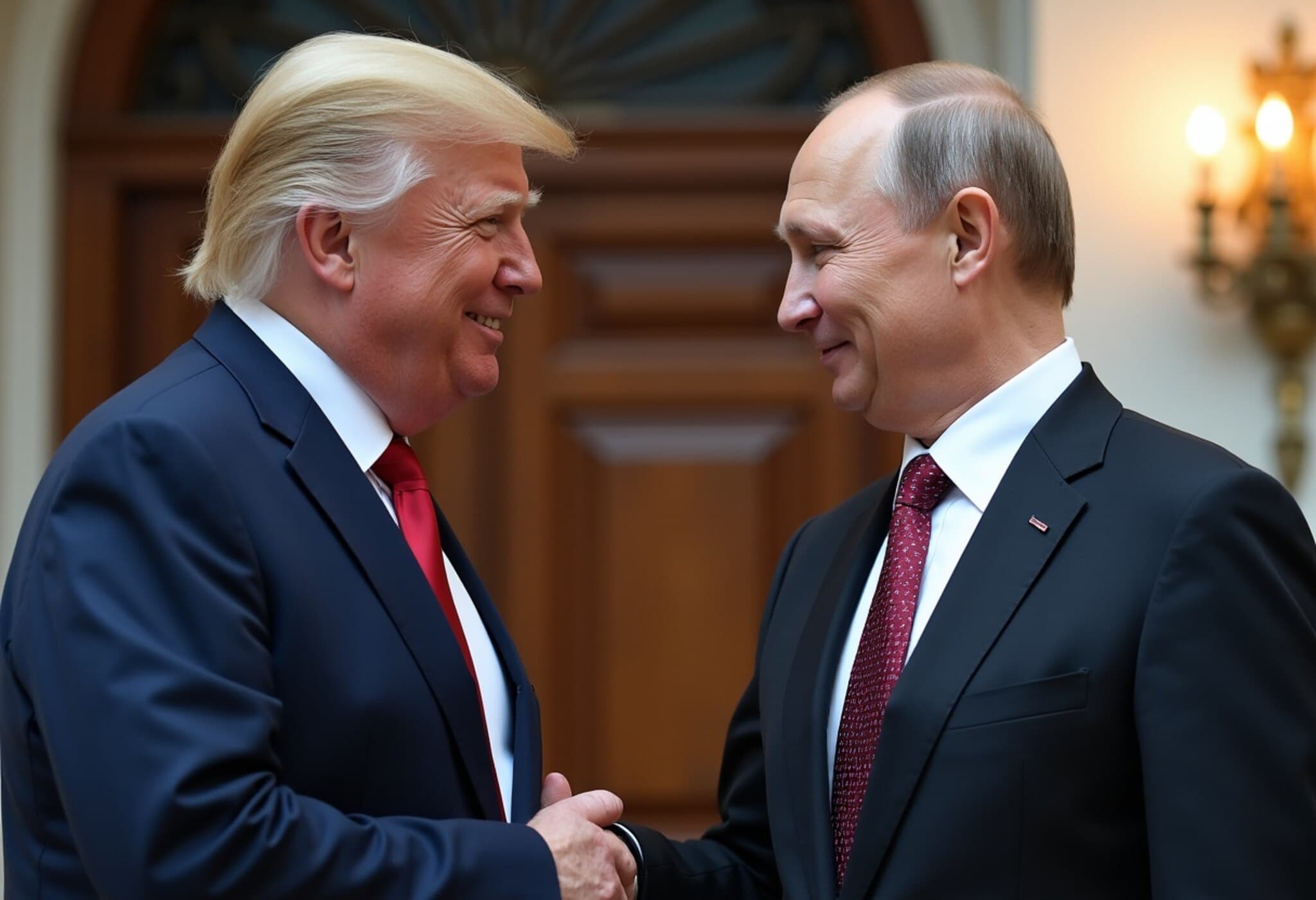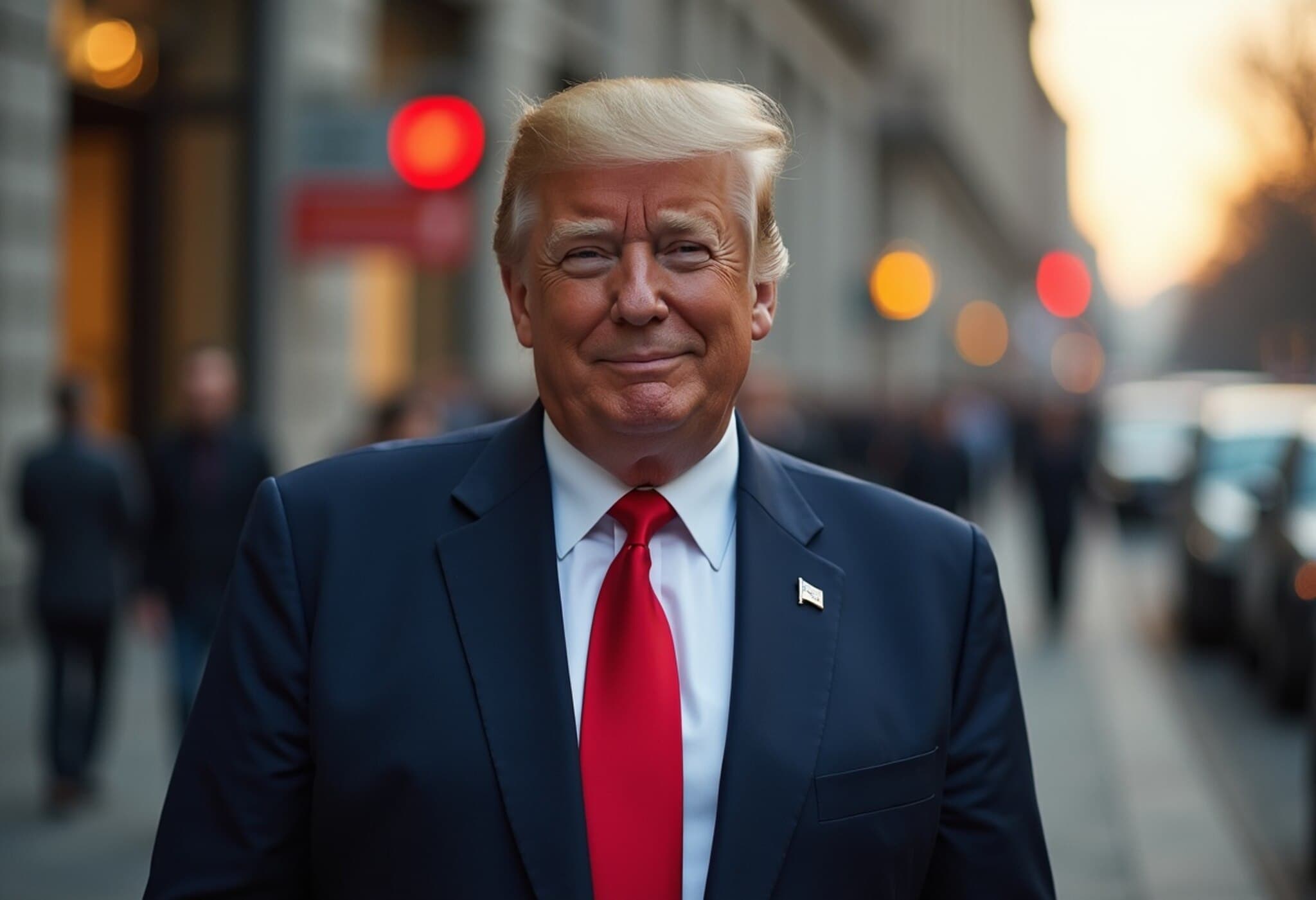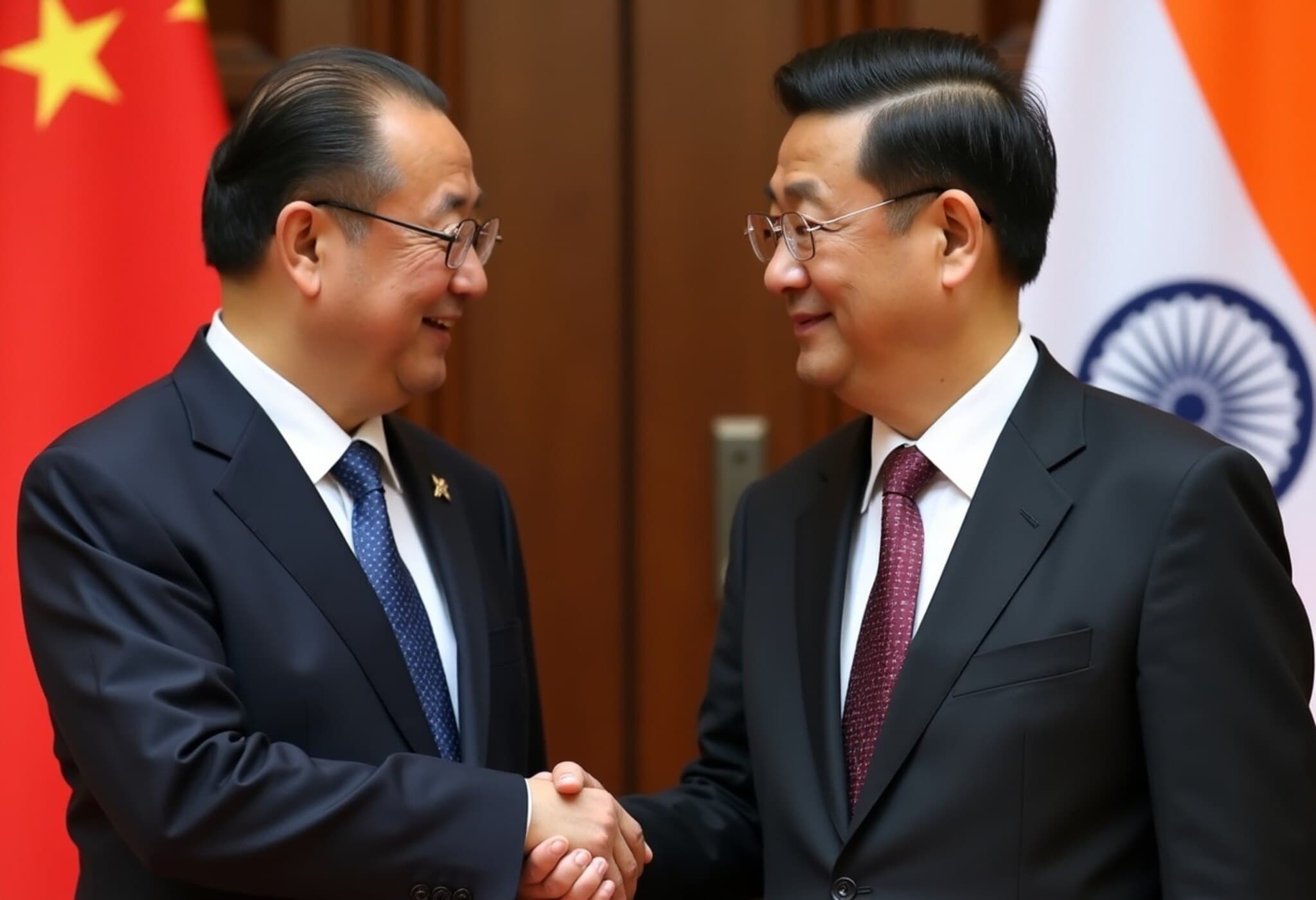Trump Hails ‘Great’ Alaska Meeting with Putin, Stresses Need for Peace Agreement
In a high-profile diplomatic encounter held in Alaska, former US President Donald Trump described his meeting with Russian President Vladimir Putin as “great and very successful,” despite the absence of any immediate breakthrough toward ending the ongoing conflict between Russia and Ukraine. The summit, which lasted for three hours, ended without a ceasefire deal but rekindled dialogue between the two leaders, raising hopes for future progress.
The Summit’s Atmosphere and Outcomes
The joint press conference at Joint Base Elmendorf-Richardson showcased cordial scenes, with President Trump shaking hands with Putin before addressing the media. Yet beneath the warmth was the reality that no concrete ceasefire had been agreed upon. Trump acknowledged this, stating, “We’re not there yet, but we’ve made progress. There’s no deal until there’s a deal.” He characterized the discussions as “extremely productive” and noted agreement on many points, emphasizing that only a few issues remained unresolved, the most significant of which were not publicly detailed.
Vladimir Putin echoed a similar tone of cautious optimism during the brief 12-minute joint appearance, highlighting areas of cooperation but refraining from specifics. Notably, the two leaders declined to take questions—a divergence from Trump’s typical media openness—which underscored the delicacy of the talks.
Trump’s Vision: From Ceasefire to Peace Agreement
In the hours following the summit, Trump took to his social media platform, Truth Social, to stress a strategic shift in resolving the conflict. He argued that “the best way to end the horrific war between Russia and Ukraine is to go directly to a Peace Agreement, which would end the war, and not a mere Ceasefire Agreement, which often times do not hold up.”
This distinction is crucial: ceasefires often offer temporary halts to violence but fail to resolve underlying disputes, whereas peace agreements aim to establish long-term stability and political solutions. Trump’s call reflects a broader international debate about the efficacy of different conflict resolution mechanisms.
Dialogue with Zelenskyy and European Leaders
Immediately after the Alaska talks, Trump engaged in extensive conversations with Ukrainian President Volodymyr Zelenskyy, British Prime Minister Keir Starmer, French President Emmanuel Macron, German Chancellor Olaf Scholz, NATO Secretary General Jens Stoltenberg, and European Commission President Ursula von der Leyen.
Zelenskyy, who will be visiting Washington shortly, expressed Ukraine’s “readiness to work with maximum effort to achieve peace” and recognized the “important impact” of America’s influence on the conflict’s trajectory. He also shared that the discussions were lengthy and substantive, reflecting a shared international commitment to seeking resolution.
Expert Perspectives and Broader Context
From an American foreign policy standpoint, Trump’s direct engagement with both Putin and Zelenskyy can be seen as an unusual approach, diverging from traditional diplomatic channels usually dominated by sitting administrations and established international bodies.
Legal analysts caution that any peace agreement must be carefully structured to ensure enforceability and respect for Ukraine’s sovereignty under international law. Economists and policy experts also note that a durable peace would have profound implications for energy markets, global security alliances, and transatlantic relations.
Moreover, the summit comes at a time when war fatigue is palpable in many countries, and the humanitarian toll continues to mount—making the pressure on leaders to find lasting solutions more intense than ever.
Unanswered Questions and Future Outlook
- What specific sticking points remain unresolved between Russia and Ukraine, and how might they be addressed?
- Can a direct peace agreement be brokered without sidelining Ukraine’s sovereignty or ignoring geopolitical realities?
- What role will NATO and European nations play alongside the US in sustaining diplomatic momentum?
- How might domestic politics in the US, Russia, and Ukraine influence the prospects for peace?
Editor’s Note
The Alaska summit reignited dialogue but left many critical questions unanswered in the quest to end the devastating Ukraine conflict. Trump’s emphasis on a peace agreement over a ceasefire highlights the complexities of achieving durable peace amid deep-rooted tensions. Observers should watch how future negotiations navigate legal frameworks, international alliances, and the political will required to avoid a protracted stalemate that costs countless lives.

